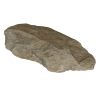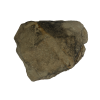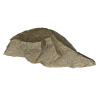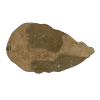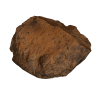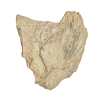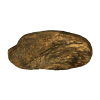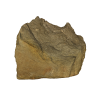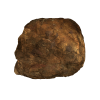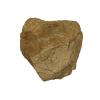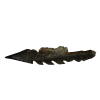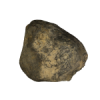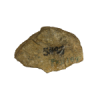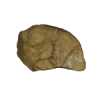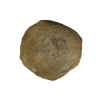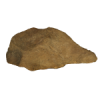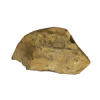This beautiful fossil harpoon was found by Macharia on a raised beach level deposit near Ileret on the east side of Lake Turkana. It was made out of a hippo tusk by an individual from one of the many fishing communities that thrived around the lake during the Early Holocene. Unlike today, at 9.000 years ago, Africa was extremely lush and green with grasslands covering the area of the modern Sahara Desert. In East Africa, Lake Turkana was a huge lake, much longer, wider and deeper than it is today and it was teeming with animal and human activity. It was the last time in geological history that the lake was this high and, for this, this period is called the Last High Stand of Lake Turkana.
This harpoon was almost certainly used for spearing fish and it would have been attatched or hafted onto a long wooden pole using string and resin glue. The sharp barbs carved into the harpoon are designed to make it harder for the prey to come free, much like modern harpoons today.



